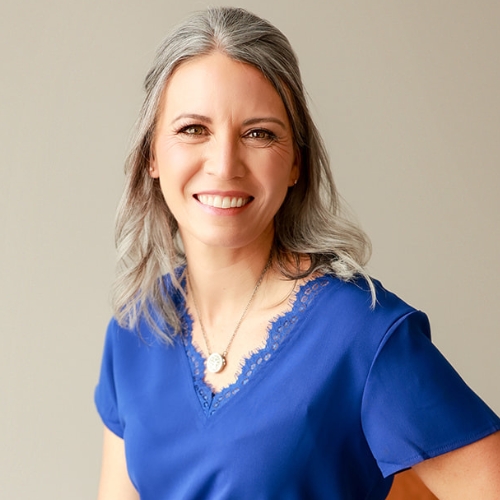Sometimes I can be blunt and just call it for what it is. Now this gets to people sometimes because culturally this isn’t a woman’s role.
We’re supposed to sugar coat it and drop hints.
But you know what? I’m tired. So tired of hiding this.
It’s okay to say you don’t agree with someone or what was just published.
And that leads me to this post…
Just this week the Washington Post published an article on the spread of Trauma Informed Care. As happy as I was to see the article, in some places they got it a little wrong.
I don’t know how many times to say this, Trauma-Informed Care is not counseling.
As I take a deep breath I wonder, how we can still be having this conversation.
Think about it. Pilates teachers learn about anatomy. Do people think that we are doctors or physical therapists and can diagnosis them diagnosis?
Honestly, yes. Some people come in with this expectation.
What do we do if it’s outside of our scope of practice? Educate and refer out.
Do these questions stop us from learning about anatomy and informing how we teach? Of course not! Learning anatomy and continuing to take professional development in this have helped us to become a competent Pilates teacher.
And I tried to rely on anatomy or learning another Pilates exercise to be a confident teacher and support the people who worked with me.
I tried this for a VERY long time because…
Once upon a time I was told that Pilates isn’t about the mind body connection.
Hmm, is the truth?
Even though an amazing Pilates teacher told me this, a mentor in fact. It’s just not true.
So let’s clear this up.
The mind is in the body. What we know about the mind body connection is that it’s connected. Profound I know.
Yet Pilates teachers and movement professionals don’t learn about the mind body connection… like ever. Instead Pilates teachers are stuck leaning in on intuition, falling back on movement anatomy, and Pilates progression to lead the session.
When you learn about the mind body connection, you have to learn about trauma. It’s too pervasive and impactful on a person to leave it out.
Let’s take it back to being Trauma Informed now with additional examples like Trauma Informed Oregon, Trauma Informed Yoga, Trauma Informed Weight Lifting. And the article even mentioned Trauma Informed Photography and Tattoo Parlors.
This isn’t a fad. Trauma is too pervasive and impacts someone on a personal and interpersonal level.
So no, Trauma Informed Care is not counseling. What it can do is offer more boundaries. In addition once you’re Trauma Informed, you can clearly communicate this in your advertising…
What this means and what it does not mean.
Even though this article missed the mark with some aspects, something that I did appreciate is highlighting that there is no one centralized way to be trauma informed.
And honestly, for years I was learning, understanding and applying this as self-study. Sure I took continuing education courses in trauma and Trauma Informed Care. Most of them were tailored for Counselors, Interpersonal Violence Advocates and how to apply this as a Health Educator. I also read countless books and articles. Okay that number is above 50. I only know this because that’s approximately how many references there are for the Trauma Informed Pilates Approach (TIPA) Course.
Yet until you apply the work, we can’t say that we’re Trauma Informed. In fact many Pilates teachers who have taken the TIPA Course knew a lot about trauma, read the books, but weren’t sure how to apply the information.
So no, there is not a central regulation agency for being Trauma Informed. And since we’re being honest, there’s not one for Pilates or in many other fields as well.
What we can do is extrapolate the information that we need as a movement professional to use and apply a Trauma Informed Care framework… just like we do with anatomy of the body.
The Trauma Informed Pilates Approach Course follows the collective understanding of Trauma Informed Care.
- Understand the many different types of traumatic experiences.
- Extend the definition and understanding of trauma, beyond an event.
- Know the immediate protective reactions to trauma (it’s more than fight or flight).
- Learn the potential long term impacts of trauma on a personal and interpersonal level.
- Understand the central tenets and principles of Trauma Informed Care.
- Learn how to apply this specifically to our scope of practice.
All of this took me 7 years to complete because there wasn’t a program for Pilates teachers. After a year of course development, now in its third round iteration, the Trauma Informed Pilates Approach Course is a way that we can work towards a more cohesive understanding and vision of using a trauma informed framework when teaching the Pilates Method.
And third time, using a Trauma Informed Care Framework is not counseling. More info on that can be found here.
Let’s wrap this up…
With a trauma Informed Pilates Approach, you can still personalize the work. Just like you went through your Pilates training with other people, we all teach in a different way.
Being Trauma Informed isn’t to tell you that you are teaching in a wrong way.
It’s to empower you to use the current scientific knowledge of neuroscience and trauma to influence best practices.
I can guarantee that you’re already doing some things that fall into the Trauma Informed Framework without realizing it. That’s beautiful, celebrate that. When you take the TIPA course, you get to be more intentional with this. It will also offer a new perspective to teaching Pilates, just like with any continuing education course that you take.
We learn because we are teachers. The knowledge of the body (the whole body) has changed and will continue to change.
Using a Trauma Informed Approach is a whole person approach to teaching Pilates, being a tattoo artist or photographer. Now I’m not going to be a tattoo artist, much to my oldest dismay. And as much as I wish I could take those amazing pictures, I’m not a photographer either.
But I am, we are, Pilates teachers. We work closely with people. Trauma is stored in the body. It’s for this reason that Continuing Education in understanding trauma and neuroscience is essential to teaching Pilates.
Sure you can take 7 years, read over 50 books or articles and do it on your own.
But I’ve been there. You’re still not sure if it’s the “right” way.
That’s why coming together as Pilates teachers to learn this work is so helpful. You’ll be supported. And even though the Course is 100% online and self-paced, you can ask questions and connect with others.
You’re not at this alone.
Find out more information about the TIPA Course here.


